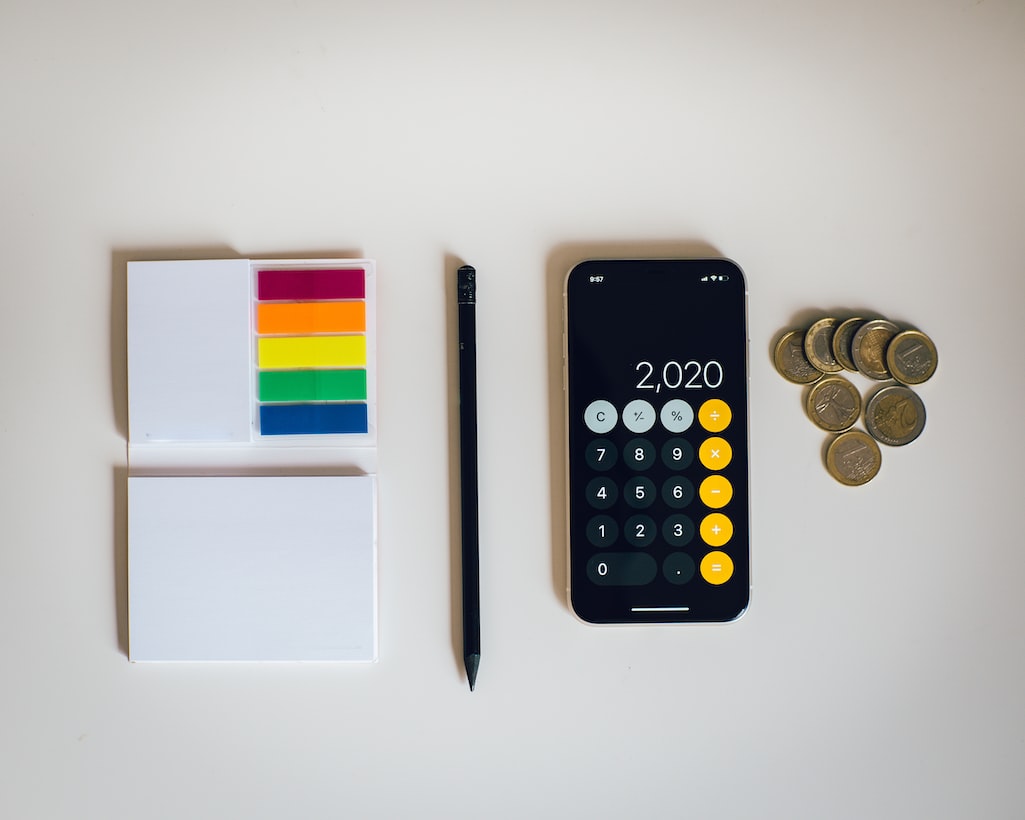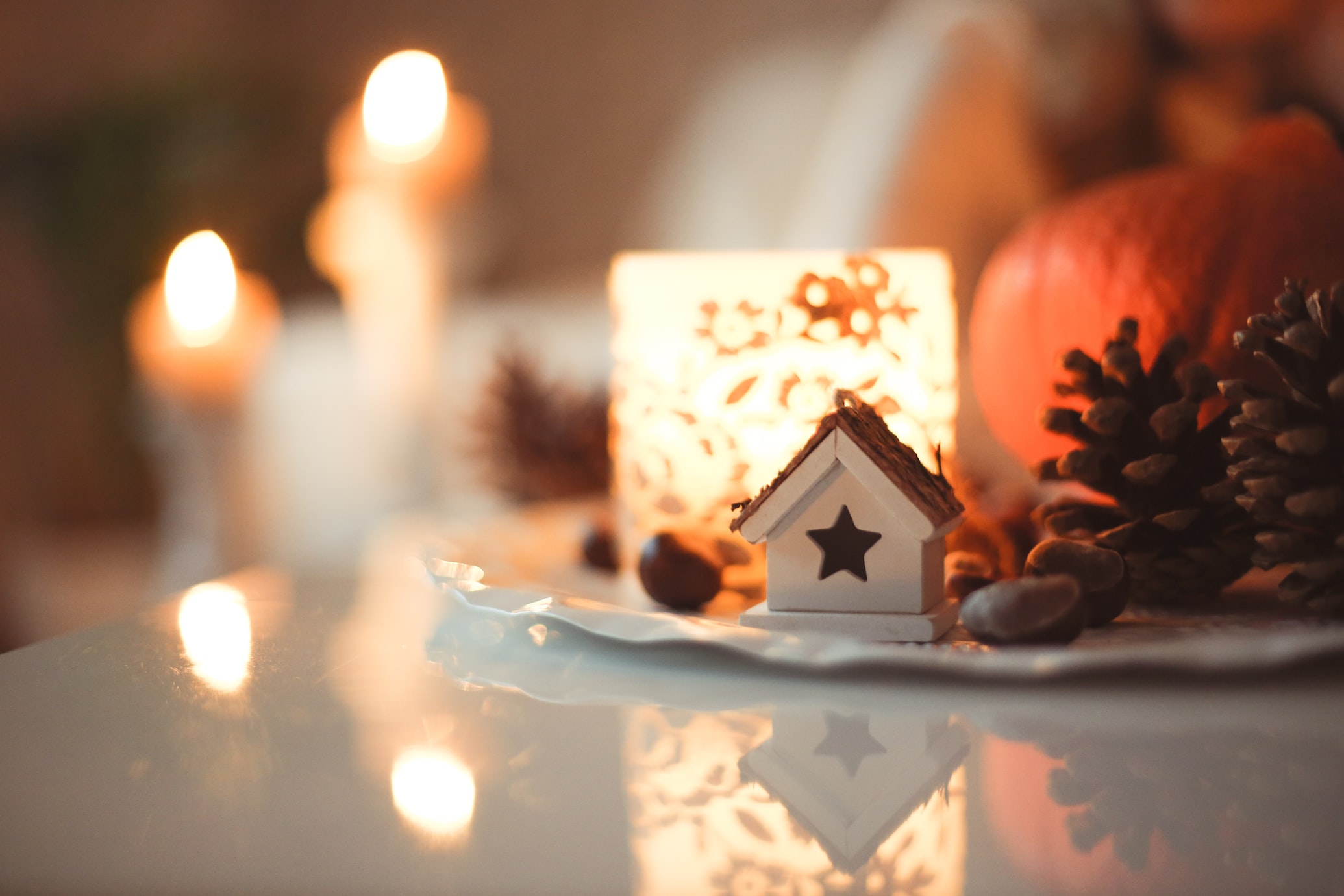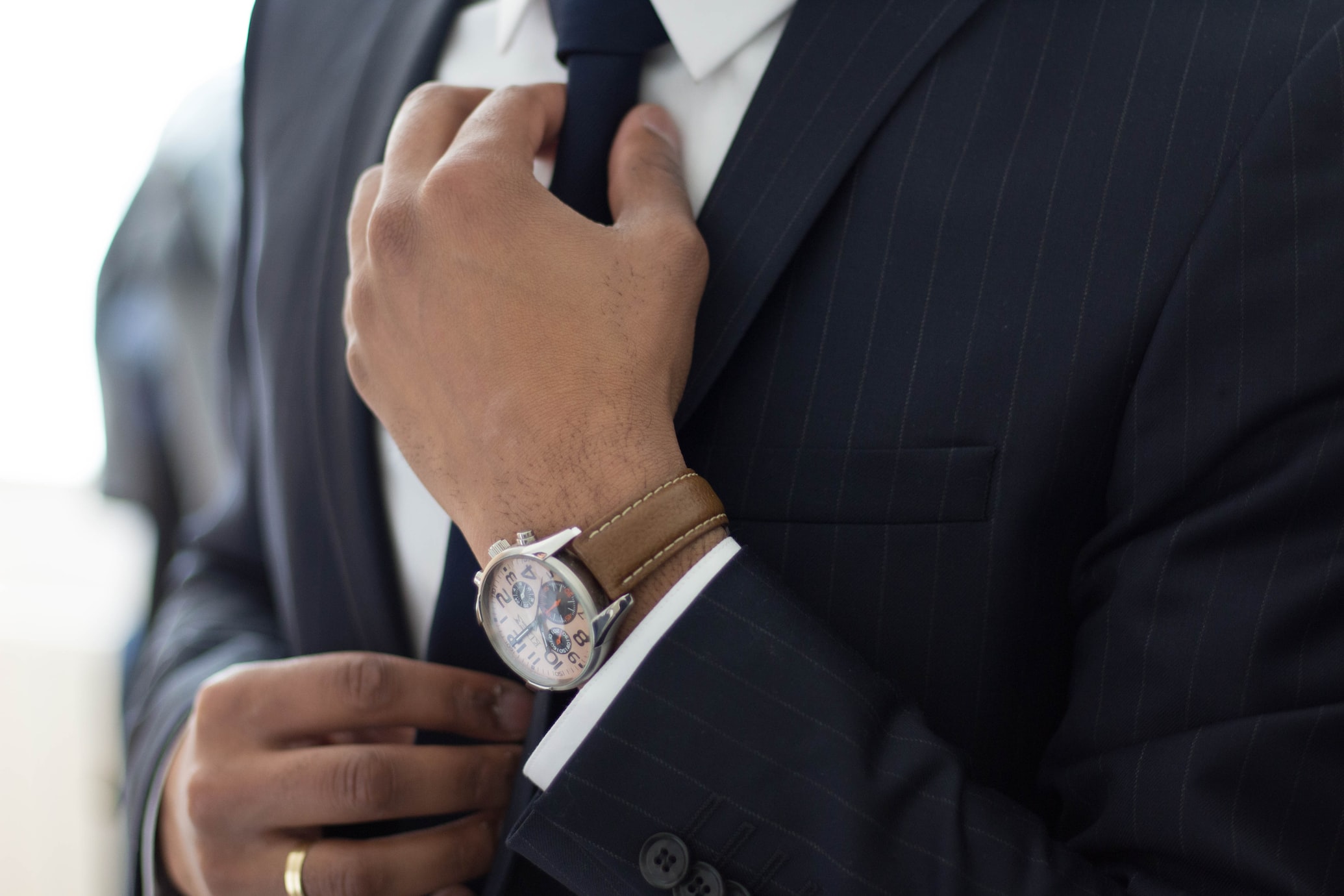Everything You Need To Know About Loans
Key Takeaways
- There are many types of loans—including personal, auto, mortgage, student, and business loans—each with specific terms and uses
- Loans can be secured or unsecured, with secured loans requiring collateral and typically offering lower interest rates
- Understanding key terms like APR, LTV, amortization, and fixed vs. variable rates is essential to making informed loan decisions
- Your credit score, income, and financial history impact your eligibility and loan terms across all loan types

No matter how much you plan and save money, you may end up finding yourself in a position where you need to take out a loan. This could happen for a variety of reasons: funding an important venture like your business, furthering your education, purchasing a home, or even paying off existing debt.
With so many different options, the task of taking out a personal loan may seem daunting. Whatever your needs are, it's important to understand loan terminology and how taking one out will affect your finances.

Types Of Loans
A loan allows you to borrow money that must be paid back at a later date over a period of time, usually with added interest. Taking out a loan might be as simple as borrowing money from a family member or friend or from a financial institution like a bank or credit union.
Every type of loan you take out is regulated by state or federal guidelines (like the Fair Debt Collections Practices Act) that protect you from unfair or unethical debt collection practices such as predatory interest rates.
There are multiple types of loans you can take out, including:
- Auto loans
- Credit cards
- Personal loans
- Mortgages
- Small business loans
- Student loans
Additionally, your loans can be unsecured (meaning you don't have to provide any collateral) or secured (which means that your loan must be secured with a personal asset, like your savings or property).
Below, we list and define all the types of loans and terms you need to know before taking out a loan.
Auto Loans
Auto loans are loans used to finance a new or used vehicle. Gaining approval for auto loans highly depends on the lender and your creditworthiness. In general, a good credit score means you are more likely to be approved for a loan. With bad credit, it is much more difficult --but not impossible -- to acquire one.
Auto loans are one of the most commonly used secured loans. They require a down payment and must be secured by collateral, usually in the form of the vehicle you are purchasing. This collateral means that if you default on your loan, your lender can seize your asset. Since the vehicle being purchased is used as collateral, lenders must also be sure that it is valuable enough to cover the funds if you default on your loan.
Term lengths can range anywhere from 24 to 84 months. For older cars, lenders usually limit the term lengths to 48 to 60 months since those cars are riskier to fund. Although longer term lengths have much lower monthly payments, you may end up paying more than the value of your car since the its value declines over time.
Since the value of your car declines quickly, a large down payment and a short loan term are ideal. If you are buying a used car, check how rapidly your car's value depreciates before you choose your loan term. You don't want to choose a long loan turn and end up paying more than the value of your car.
Auto loans can be funded by a bank or car dealership, but keep in mind that loans from dealerships usually have a much higher interest rate.
APR Versus Interest Rate
Interest rates indicate the percentage you are charged for your loan amount in a certain period of time.
APR, or annual percentage rate, is your yearly interest with other upfront or recurring loan fees like origination fees, service charges, and closing costs. These payments are calculated by multiplying your outstanding loan balance with the interest rate percentage.
Cash Advances
Cash advances are short-term loans taken against your credit card. Rather than using your card for a purchase, you take it to a bank, ATM, or write a check to payday lenders to receive cash.
Collateral
Collateral is a personal asset that a borrower promises to a bank or lender for a secured loan and can be confiscated if the borrower defaults on their loan.
Secured loans always require some form of collateral to guarantee that lenders receive partial or full compensation on unpaid loans.
Borrowers with bad or poor credit usually have to put up collateral to increase their chances of being approved for a loan, which also allows them to have lower interest rates.
Combined Loan-To-Value
Combined Loan-To-Value ratio (CLTV) takes all of your outstanding balance an asset and compares them with the value of your asset by taking the total amount of your loan and dividing it by the asset's value.
CLTV is often used to measure the risk of lending a borrower a second mortgage. If you have not built much equity in your home and have a high CLTV, you might not qualify for a second mortgage. Most lenders look for borrowers that have an LTV of 80% before lending a second mortgage.
To find out the value of your home or vehicle, you can have an appraisal done or find alternate ways to figure out their value. There are auto loan marketplaces and appraisal services offered online to determine the value of your vehicle. For homes, you can multiply the price of your home by the percentage of home values that have increased in your neighborhood (which can be found on real estate websites).
Consolidated Loans
A consolidated loan allows you to combine several of your debts with various interest rates and payment due dates (like credit card debt) and pay them off with a single payment.
Loan Amortization
Loan amortization is when the loan principal is paid over the life of a loan through scheduled (and usually equal) payments that consist of the principal and interest.
The most common amortized loans are auto loans, mortgages, and student loans.
For amortized loans, both the principal and interest will change over the life of the loan. Interest will be much higher at the beginning of the loan and decreases as the loan is paid off. Amortized loans let you gain equity in the asset with each payment you make.
Unamortized loans only have interest-only payments during the majority of the repayment time and finish with the principal payment. Some borrowers prefer these loans because of the affordable interest-only payments that are made until the large principal payment made at the end of the loan term. Unamortized loans do not allow you to gain any type of equity.
Loan-to-Value Ratio
Loan-to-value ratio (also known as LTV) compares your outstanding loan balance with the value of the asset you purchased with a loan. This number is commonly used for mortgages and auto loans and measures how much of a risk the lender takes when funding a loan. Loans with a high LTV are risky for the lender since the borrower puts less of their money towards the purchase; because of this, loans with high LTVs have higher interest rates.
LTV is calculated by dividing the loan balance by the asset's value. If you are making timely payments, the LTV should decrease. For example, if you use an $80,000 loan to purchase a $100,000 home you would have an LTV of 80%. The remaining amount must be funded by the borrower's down payment -- in this case, 20%.
Making a higher down payment helps you save more over time. If you make a down payment over 20%, you are not required to pay mortgage insurance.
Although auto loans also have a loan-to-value ratio, these are slightly different since cars lose their value over time while a home increases in value. An auto loan with a high LTV is risky for borrowers because once their vehicle depreciates in value, it may be less than the outstanding loan balance. To avoid an LTV above 100%, find a car that you can pay off in 48 months and try to make a 20% down payment.
Fixed And Variable Rates
Fixed rate loans have the same interest rate throughout the loan term while variable rates change depending on the economy.
Fixed rates are ideal for installment loans like auto loans, mortgages, or personal loans, which allows you to plan standard monthly payments over a long period of time.
Variable rates are usually lower than fixed rates since they are riskier, which is why consumers may opt to choose these over fixed rates for short-term financing. However, if money is tight, these rates are risky because interest rates and monthly payments can potentially rise.
Many fixed-rate loans (like personal loans, private student loans, and mortgages) have the option of later changing these loans to have variable rates. Auto loans are usually only available with fixed rates, although there are lenders outside the US that may offer variable rates. There are also adjustable-rate mortgages available that have a fixed rate for 5 years and then adjusts every year following.
Variable rate loans are based on either of the two benchmark rates: the London Interbank Offered Rate (LIBOR) or the Prime Rate. Lenders use these as the baseline for variable rate loans before adding a margin based on the creditworthiness, length, and riskiness of the loan.
Variable rates have caps to protect borrowers but can still run high. Interest rate caps for adjustable-rate mortgages have three different caps: the first cap determines the amount the rate can initially change, the periodic cap determines how much a rate can change during the adjustment period, and the lifetime cap determines high an interest rate can be.
Home Equity Loans And HELOCs
If the value of your house exceeds what you owe, the extra amount can be used to pay for other uses. Home equity loans and home equity lines of credit (HELOC) serve a variety of purposes such as home renovations, medical bills, educational expenses, or paying off debts. Both home equity loans and HELOCs use your home as collateral to keep interest rates on the low side.
The main difference between these two types of loans is that home equity loans have a fixed interest rate with monthly payments and HELOCs have variable rates with flexible payment schedules.
Both HELOCs and home equity loans must be fully repaid if the house is sold.
Installment Loans
Installment loans are any kind of consumer loan paid back on a fixed (usually monthly) payment schedule. These loans can be used to consolidate debts, finance vehicles and homes, or even build credit.
Banks and credit unions are the two institutions that most commonly offer installment loans, which can include car loans, personal loans, and mortgages.
Installment loans may be secured or unsecured. To be qualify, you must meet specific criteria based on your credit history and financial situation.
Mortgages
Mortgages are funded by banks and used by consumers to finance a home. Mortgages are secured loans with collateral that is tied directly to your home, meaning that you risk foreclosure if you fail to make payments.
Because they are secured loans, mortgages have much lower interest rates than other loans. These loan payments are spread out over many years, which makes it much easier for consumers to buy a home. Most mortgages have a 30-year fixed-rate that has fixed monthly payments. Although there are mortgages with 15 or 20 year terms, the monthly payment for these are much higher.
There are three types of mortgages: conventional mortgages, FHA loans, and VA loans.
Conventional mortgages are great for consumers who can make a large down payment of over 20%. These are backed by Fannie Mae and Freddie Mac, two of the leading sources of financing for mortgage lenders.
FHA loans are made for consumers with low income or poor credit and are backed by the Federal Housing Administration.
VA loans are specifically for veterans and their families. These are backed by the Department of Veterans Affairs but they do not come directly from the administration; instead, they act as a co-signer, allowing you to receive higher loan amounts and lower interest rates.
Mortgages usually are usually over $100,000. Borrowers must be able to cover a down payment of 3% to 20% of the total loan amount. Your interest rates will be based on your credit history and finances and you also have the option of refinancing your mortgage in the future. If you have bad credit, you can still be approved for a mortgage.
Open-End And Closed-End Credit
There are two main types of consumer credit: open-end and closed-end credit.
Open-end credit, which is also known as revolving credit, requires you to make monthly payments. If you don't pay back the full amount due, interest is charged. These rates can begin at 0% for a temporary period of time (a good example of this is a balance transfer card) but usually range from 15% to 30%, which depends on your credit history. A good credit score allows you to have lower interest rates..
The best examples of open-end credit are credit cards, although there are other types like home equity lines of credit and loans.
Closed-end credit (also known as an installment loan) is credit that is used as financing for a certain period of time. Borrowers must make scheduled payments with added interest for the loans until the principal is paid off completely. Interest rates are based on your credit history and vary by lender.
Closed-end credit includes appliance loans, auto loans, mortgages, and payday loans.
Payday Loans
Payday loans are extremely high-interest loans with short loan terms that are paid off in a lump sum. Borrowers use these loans to cover unexpected expenses that may come up before their next paycheck.
Personal Loans
Personal loans are loans that can be used for any personal reason: funding a business venture, building credit, paying off consolidated debt, home renovations, and more.
Interest rates for personal loans depend on your credit history and financial situation. If you have a good credit score, you will receive lower, competitive rates. A low credit score makes it more difficult to find competitive rates, but you can still find a lender with reasonable loan options.
Secured personal loans have a lower interest rate because they are backed by collateral like a home, vehicle, investments, savings, or future paychecks. Unsecured loans have lower interest rates and do not require collateral, but you do not risk having an asset seized if you wind up defaulting on the loan.
Term lengths for personal loans are usually under 10 years and loan amounts can go as high as $100,000. Fixed rate personal loans can give you a 7 to 10 year loan. Variable rates, which fluctuate depending on the economy, allow you to pay off your debt much more quickly. To be eligible for the lowest and most competitive interest rates, you can keep track of your finances and work to improve your credit.
Retirement And Life Insurance
If you have retirement or life insurance, you might be eligible to borrow from your account. However, if you do not repay the loan you can face serious tax consequences.
Small Business Loans
A small business usually has less than 500 employees. Loans for small businesses help owners fund their business. These loans can be used for a multitude of reasons, including covering daily expenses, inventory, real estate, purchasing property, or taking care of short-term financing. Business owners may even use loans like commercial real estate loans or a business line or credit. Other types of business loans include merchant cash advances or invoice factoring.
The US Small Business Administration, also known as the SBA, is a primary source of funding. Loan amounts can be as low as a few thousand or as high as over a million.
To qualify for a small business loan, the majority of lenders require that business owners must have a credit score of at least 500; banks require a credit score of at least 680. Businesses must also have been active for a specific amount of time, usually a year or two.
Business owners can use collateral to back these loans, which includes future payments from customers, inventory, real estate, or personal assets (which may require a "personal guarantee" that their assets can be seized if they default).

Student Loans
Student loans assist college students in financing higher education through either a federal or private loan. Federally funded loans have low, fixed interest rates and flexible repayment terms. These usually don't even need to be repaid until a few months after you have graduated. Federal loans are best for those who have thin credit history or a poor credit score.
There are two types of federal loans: subsidized and unsubsidized loans. Subsidized loans are used for borrowers who have the greatest financial need since the government pays interest while they are still in school.
Unsubsidized loans can be used by the average student no matter what their financial situation is. Undergrads who are still listed as a dependent under their parents can borrow up to $31,000 but have a limit of $23,000 in unsubsidized loans.
Because of the caps on federal loans, many students take out private loans instead. While these loans can have lower interest rates than federal loans, they depend on the borrower's financial situation. These interest rates can be fixed or variable and the loan limits depend on the lender.
Depending on their circumstances, many borrowers also have the option of refinancing their loan in the future.
What is a personal loan?
A personal loan is a tool that you can use to assist in financial situations, such as education, home maintenance, emergencies, and even paying off other debt.
Does taking out a loan affect my credit?
After you submit your application, your credit may take a slight hit -- usually around 5 points due to the initial credit inquiry. (If you make multiple inquiries within a few weeks, it will only count as one.)
Once you receive your loan, your credit may be affected due to your new higher debt (unless you are taking out a debt consolidation loan for credit card debt).
However, you can build your credit history by making regular on-time payments on your personal loan.
Edited by:
Bryan Huynh
•
Product Tester & Writer




































































































